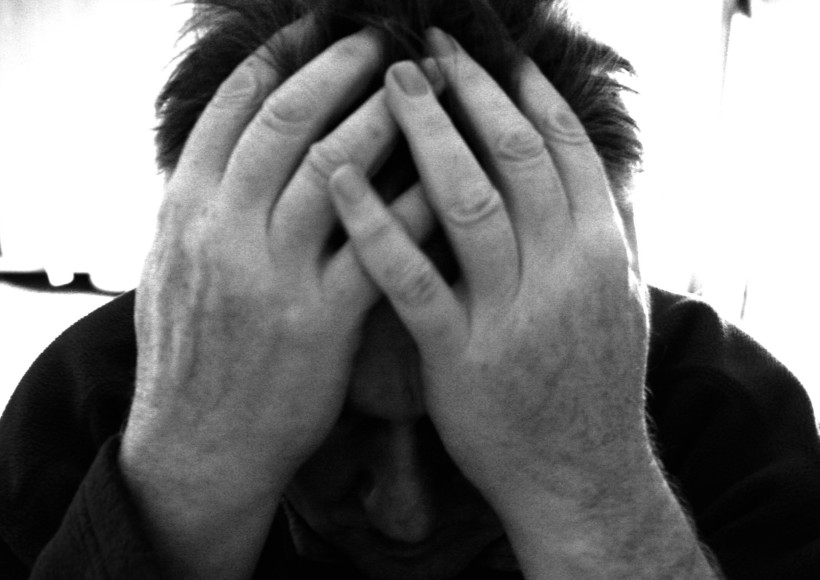By Dr. Marayca López and Laura Maiello-Reidy, CGL Companies
Scope of the Problem
Worldwide, mental health disorders among the general population are considerable, but they are even more prevalent among jail and prison inmates. Correctional health professionals have reported that both the number and the acuity levels of inmates with mental health disorders are rising – even in systems where the prison population at large is declining.
Although prevalence estimates vary widely, the high level of mental disorders among the adult prison population is one of the biggest challenges facing correctional systems today.
The growth in the number of mentally ill inmates is mainly attributed to the gap between the need for treatment and the availability of mental health services in the community, especially for those who require in-patient care.
In the United States, the deinstitutionalisation of the mentally ill resulted in the closure of large psychiatric hospitals or ‘asylums’ beginning in the 1960s, leaving many providers ill-equipped to service the large number of patients in community-based settings.
Over the last three decades, correctional facilities (and particularly jails in the USA) have become the de facto service provider for individuals with mental health disorders who come into contact with the law – even low-level offenders.
In some countries, there are more people with severe mental illness in correctional facilities than in mental health institutions. The system has reached its tipping point.
A recent focus of global mental health has been to keep mentally ill offenders out of correctional facilities by providing alternatives to incarceration.
These include ‘front end’ deflection tactics such as training for police officers to diffuse mental health situations in lieu of arrest; diversion programmes such as specialised mental health courts and intensive probation caseloads as alternatives to jail; and the creation of non-secure mental health support centres (i.e. non-correctional units) and other community-based facilities in partnership with health services providers as a release alternative.
Some countries have established Psychiatric Penitentiary Centers and hospital prison wards to offer specialised care to inmates with severe psychiatric problems until they can be transferred to an outside forensic institution.
But, overall, the forensic care capacity that they provide is limited. And while deflection, diversion and treatment are the best and more sustainable approaches, the unfortunate truth is that correctional facilities will remain a central service provider for individuals with mental health issues who come into contact with the criminal justice system, for the foreseeable future.
It is just not feasible to expect individuals to become healthy in an unhealthy environment.
However, the custodial nature of the prison environment is antithetical to the therapeutic setting required for inmates who are depressed, vulnerable, suicidal, or psychotic.
In its current conception and design, it is far beyond the capacity of correctional facilities to address the crushing complexities of mental illness. Labeled by many mental health care professionals as ‘anti-therapeutic’, it is just not feasible to expect individuals to become healthy in an unhealthy environment.
The purpose of this report is to share international good design principles and knowledge from research studies that can help to significantly improve the living conditions of mentally ill inmates. By bringing thoughtful approaches and careful therapeutic design considerations into the discussion, our hope is to help with the creation of contemporary correctional buildings that have a restorative, not detrimental, impact on inmates suffering from mental illness.
This report is informed by the co-authors’ own expertise and experience at CGL in the planning and design of numerous correctional facilities and mental health settings within. In addition, we reached out to colleagues in the field, who provided valuable input and relevant project examples.(1)
We also acknowledge Jessica Raimondo, Justice Planner at CGL, for her extensive literature review on correctional healthcare environments and best practice research.
Understanding the Environmental Impact
As discussed in previous expert blogs, correctional facilities are generally harsh and distressing social settings that are not conducive to mental stability or recovery. It is widely demonstrated that correctional environments can aggravate and amplify mental health conditions, with the period of incarceration having the potential to ‘heighten vulnerability and increase the risk of self-harm and suicide’ (Bradley, 2009, Executive Summary, paragraph 1).
Segregation, often referred to as isolation or solitary confinement, is the norm for suicidal inmates, as well as to keep those demonstrating perceived or misunderstood mental illness away from the general population. Although intended as a protective measure, long periods of isolation with little mental stimuli contribute to intense feelings of anger, frustration, distress, anxiety, violence and self-harm. The increased risk of suicide in prisons and jails is, unfortunately, one common manifestation of the cumulative effects of these factors.
Long periods of isolation with little mental stimuli contribute to intense feelings of anger, frustration, distress, anxiety, violence and self-harm. Overcrowding, violence, bullying, enforced solitude, lack of meaningful activity, isolation from social networks, and insecurity about future prospects are all part of the prison experience.
These, coupled with the physical environment – dark and narrow corridors, bad acoustics, limited natural light, temperature fluctuations and lack of privacy – are counter to the therapeutic conditions necessary for mental health and rehabilitation. This uneasy climate puts many mentally unstable inmates in a downward spiral and makes any recovery attempt a distant possibility.
Often these conditions are through no fault of prison administrators. Physical plants are outmoded, lack adequate funding and were built in a different era. Corrections staff are not trained in clinical diagnosis or in treatment modalities. Internationally, there has been discussion about the ministry of health having oversight for prison health instead of the ministries of justice/prison administration or of the interior.
Operational and Design Considerations
Irrespective of the crime committed, every person deserves our respect and our best practices. As justice planners, architects and design practitioners, it is our responsibility to continually evolve the way we design spaces to better serve those who occupy them – particularly the disenfranchised.
Given the high percentage of mentally ill offenders in correctional institutions, it is imperative that the facility environment provides humane settings that support stabilisation, recovery and rehabilitation.
When the setting is conducive to positive change, the conditions of those suffering from mental illness can be stabilised or even improved during incarceration, which can also reduce recidivism in the long run.
This report considers:
- Environmental design principles that address the unique needs of mentally ill inmates
- Spatial attributes and interior design considerations to enhance health and well-being
- Specialised housing that reflects different mental health needs and acuity levels
- The provision of treatment, care and support spaces
- A sustainable solution to the correctional mental health challenge
(1) Research sources for this blog include telephone interviews and email exchanges with the following contributors: Ken Ricci, FAIA and Stephen Carter, AICP (CGL); Dr. Randy Atlas (independent consultant, USA); D. Bruce Henley, AIA, LEED AP and Margaret S. (Meg) Bower, MPA, AICP, LEED AP BD+C (Dewberry Architects Inc., USA.); Paul Y. Nagashima, AIA, LEED AP (HDR, USA); Robert Boraks and Roberta Somlo (Parkin Architects Limited, Canada); Don Thomas, CID (BWBR architects, USA) and University of Technology Sydney (UTS)/Kevin Bradley, Australia).
//
- This content has been republished with permission from the author. See the original here.
- The full report is available here.
Dr Marayca López is a senior corrections analyst and planner for CGL Companies LLC a criminal justice planning and design firm based in New York, which specialises in providing secure and normative environments that promote positive behavioural change and successful re-entry.
Laura Maiello-Reidy is a Senior VP of CGL Companies.


